Celebrating 50 years of world-class MICA service for Victorians
September 9, 2021in News
Ambulance Victoria is celebrating the 50th anniversary of Mobile Intensive Care Ambulance (MICA) – a revolution which paved the way for the world-class pre-hospital care Victorians have today.
Australia’s first MICA service, and only the third in the world, commenced operations in a converted mid-70s Dodge vehicle known as Car 208, on 9 September 1971.
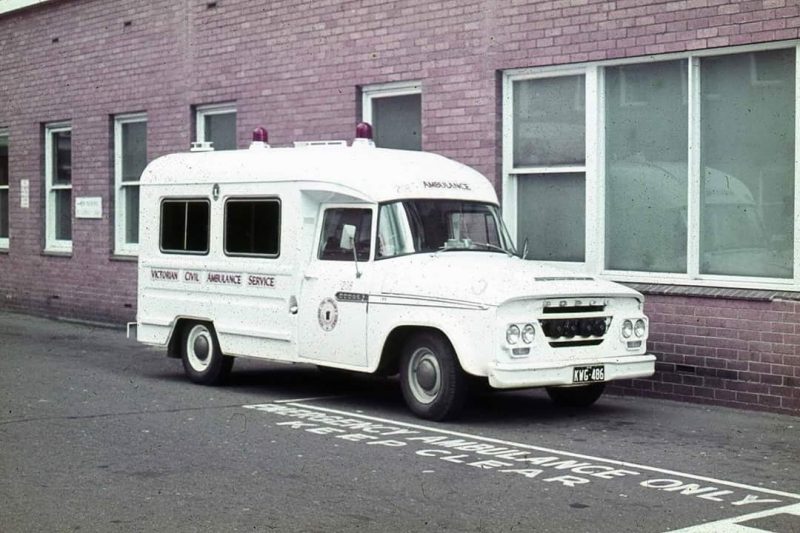 Car 208 commenced operations on 9 September 1971.
Car 208 commenced operations on 9 September 1971.
The father of MICA was Dr Graeme Sloman, and ambulance officers Wally Byrne and Wally Ross became the first of many MICA brothers and sisters.
During a three-month pilot with doctors and ambulance officers, the crew responded to 93 cases, mainly coronary care and road trauma patients. The first MICA case was a man who collapsed on a roof in Ascot Vale.
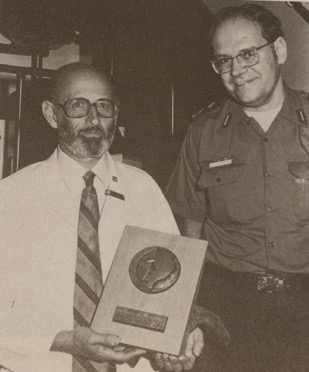 Dr Graeme Sloman, pictured here with John Blosfeld.
Dr Graeme Sloman, pictured here with John Blosfeld.
Before long the MICA unit was responding without doctors on board and, within a few years, was attending 250 cases a month.
Three other MICA units were soon established at Frankston Hospital, the Alfred Hospital, and the Western General Hospital.
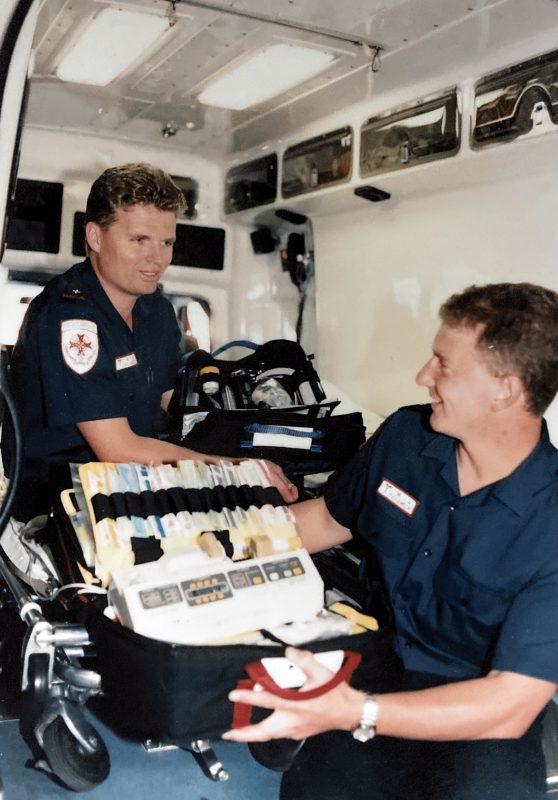 Chris James and Dave Garner were one of the first official MICA paramedics in rural Victoria, pictured here in Geelong in 1993.
Chris James and Dave Garner were one of the first official MICA paramedics in rural Victoria, pictured here in Geelong in 1993.
Today, there are 600 MICA paramedics in metropolitan and rural regions, and in our air ambulance response, providing an internationally recognised advanced level of lifesaving and life changing care.
Ambulance Victoria CEO Professor Tony Walker said MICA was established in collaboration with the medical fraternity – a key factor behind the evolution of the paramedic profession in Victoria and our state-wide system of care that continues to this day.
“The advent of MICA brought coronary care and intensive care into the streets, homes and workplaces of Victorians who needed urgent medical help,” said Professor Walker, who is also a MICA paramedic.
“Rather than rushing patients to hospital, MICA brought hospital level care to them with ambulance officers able to provide ground-breaking treatment such as defibrillation for patients in cardiac arrest.”
“The skills, training and clinical expertise of all Victorian paramedics, including Advanced Life Support (ALS) paramedics, had their foundations in the early days of MICA.”
Professor Walker said 50 years on the MICA service continues to evolve to meet the different needs of the community. Women now make up 20 per cent of the MICA paramedic workforce and more than 50 per cent of all qualified and graduate paramedics.
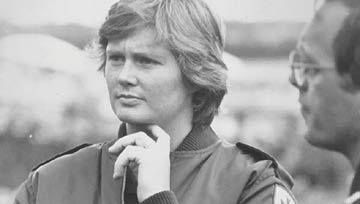 Andrea Wyatt was one of the first female paramedics to join Ambulance Victoria.
Andrea Wyatt was one of the first female paramedics to join Ambulance Victoria.
“Today’s MICA paramedics are highly skilled clinicians who perform treatments such as advanced airway management, manage complex head injuries and cardiac conditions and treat life-threatening chest injuries,” Professor Walker said.
“Year on year MICA has continued to deliver even better care to the community. It has saved the lives of countless patients across the state and touched the lives of many more.”
“There are people alive today because our MICA paramedics did extraordinary things in extraordinary circumstances to deliver fantastic care.”
“As we celebrate 50 years of MICA, we thank the pioneering ambulance officers, doctors and administrators for their vision, dedication and determination.”
“We truly stand on the shoulders of giants.”
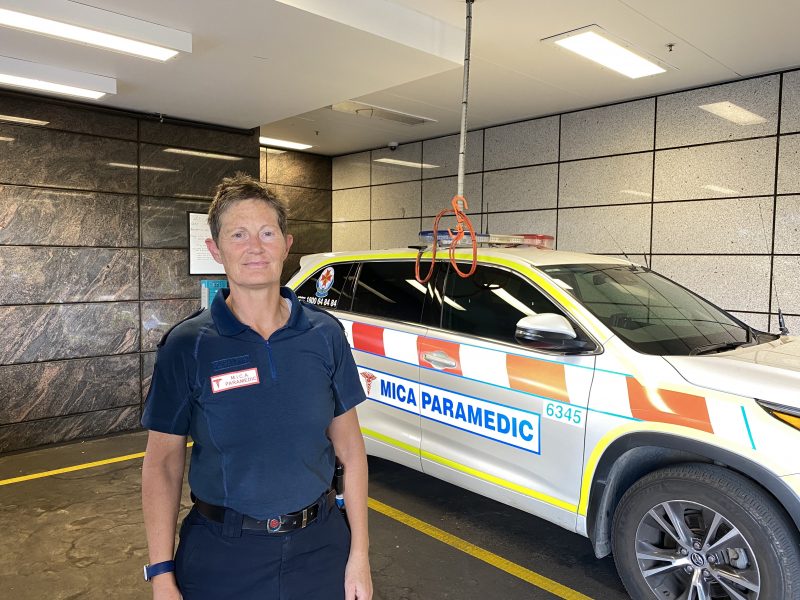 MICA paramedic Andrea Wyatt in March 2021.
MICA paramedic Andrea Wyatt in March 2021.
Ambulance Victoria has more than 4,800 paramedics (including MICA and Advanced Life Support (ALS) paramedics), another 1,300 first responders, 100 doctors and approximately 500 corporate employees.
As a trusted member of the state’s co-ordinated healthcare system, Ambulance Victoria is the first step in many care pathways, and as Victoria’s largest healthcare provider, Ambulance Victoria services over 6.5 million Victorians.
